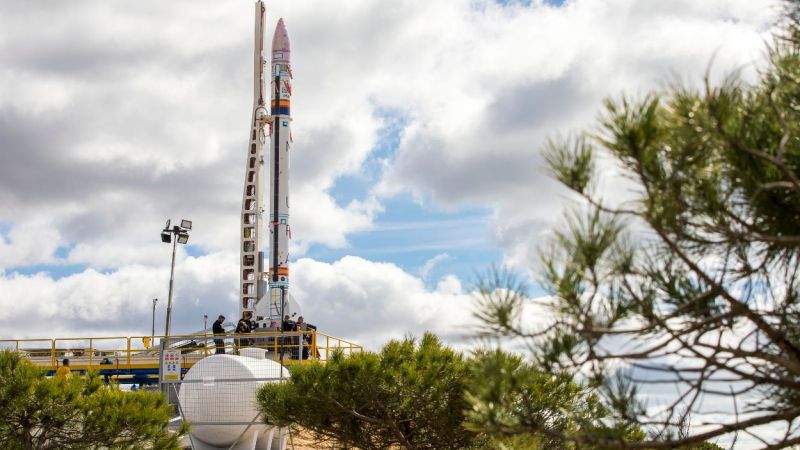The maiden flight of Miura, the first Spanish rocket, will have to wait a little longer. The takeoff of this vehicle was scheduled for this Wednesday but, according to reports from the company, a sudden change in the wind at the Arenosillo space base (Huelva) forced to cancel the launch at the last minute. It is expected that in the next few days a new take-off attempt for this historic mission will be scheduled, which, according to experts, could mean a true revolution in the European space industry. Especially since, once this rocket was launched, Spain was destroyed in the tenth country in history with direct access to space.
It had been months since the Spanish rocket waited on the launch pad waiting for his moment of glory. In March, the company reported that the vehicle had been successfully assembled at the Huelva base and that it was ready to carry out all the technical tests prior to takeoff. Once the integrity of all the rocket mechanisms was verified, those responsible for the mission had to remain patient for several weeks while waiting for the weather conditions to improve. It seemed that by the end of May the time was going to be right to launch the mission. But, as we have been able to verify this Wednesday, something as sudden as a change in the wind at the launch site It is capable of jeopardizing the takeoff of such a mission in a matter of minutes.
The first Spanish space rocket takes its name from the famous Miura bull farm. As explained by Torres and Verdú, the founders of PLD Space and the main ideologues of this aerospace vehicle, it is a reference to the ‘might’ of these animals and, in turn, recalls one of the best-known symbols of Spain. It is a space vehicle about 12 meters high and one in diameter It has been designed to be partially reusable. Once it takes off successfully, it will also be destroyed in the first private rocket of this type that exists in all of Europe.
Why is this mission important?
Related news
The takeoff of the Spanish rocket promises to be something revolutionary. As explained by scientists Francisco José Torcal Milla and Santiago Forcada Pardo in an analysis published in ‘The Conversation’, the takeoff of Miura 1 will be a milestone for the entire European aerospace industry. So far, since the vast majority of space launchers are large, smaller projects they took a long time to reach orbit. «With Miura, the waiting time for these types of small satellites it will be reduced and, furthermore, it will be assumable for modest companies and organizations with smaller budgets«, say the experts.
Spain has been pulling large space launchers for years to put its missions into orbit. In 2017, for example, the first Spanish spy satellite was launched into orbit with the US company’s Falcon Heavy rocket spacex. More recently, the Catalan nanosatellites ‘Enxaneta’ and ‘Menut’ crossed the skies aboard the russian soyuz rocket. In both cases, the projects spent months on ‘stand by’ waiting for said launchers to be charged enough to amortize takeoff. After the official takeoff of Miura 1, the new Spanish rocket This type of project will have it easier to take off.

